
Dyckia coximenis
Native to Mato Grosso do Sul this plant was found and described by the Brazilian Catholic priest, politician, biologist, bromeliad lover enthusiast and connoisseur Raulino Reitz.
He send some decades ago to friends in USA and these are the only ones known alive today. These plants here came from those ones sent abroad by the father Raulino.
In nature it was never found since then as the description presents some mistakes and Coxin river changes its course frequently as it is a sand bedded one.
Dyckia coximenis means native to Coxin, also a city in Mato Grossso do Sul.
The sandy margins of Coxin rives explains the stoloniferous habit of this plant.
All stoloniferous Dyckias belong to the modern ones. The most ancient ones are those from Rio Grande do Sul that produce more than three thousands tiny flowers per flower stalk. All stoloniferousare descent from plants went out from Rio Grande do Sul to North up to the mighty amazon river and then came down south transformed in stoliniferous. Stolons mark modernization in Dyckia evolution. Most stoloniferous present scented flowers: Dyckia stolonifera, coximensis, leptosthachia, rarifolia, tuberosa and so on.
We are having here now in Joinville, Santa Catarina, where I am and live the largest event in flower and plant expo in Latin America as well as the most important Botantic Congress in Brazil ever.
My plants are making success as Dyckias are considered the most important plants to know our formation since millions of years ago.
Brazil contrary to Africa has not big animals as we never had vast pasture fields with graminea. Instead we had Dyckia fields. Yes, Dyckia fields!
As I said here many times before: We´ve only just began to understand Dyckias, its role in our prehistorical events and the plant itself. We now have two time more unknown and undescribed Dyckia species than those already known.







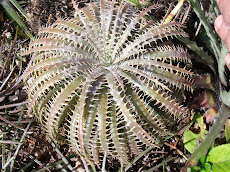
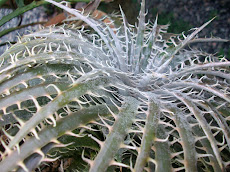

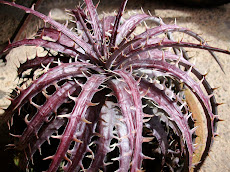

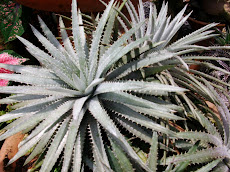

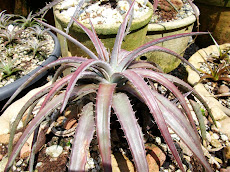
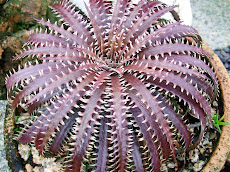


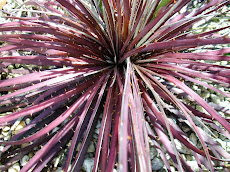
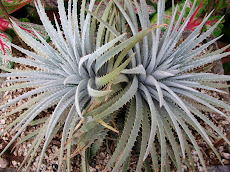
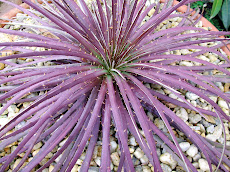

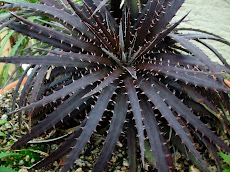
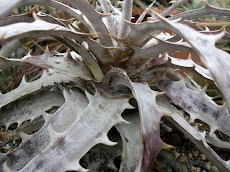

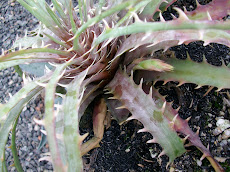

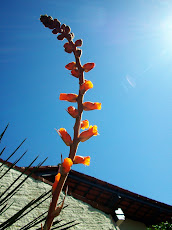
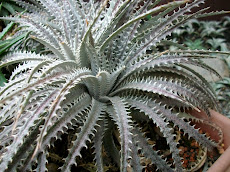

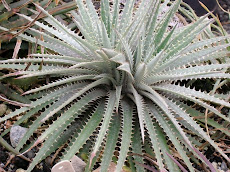
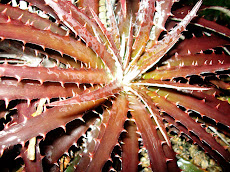
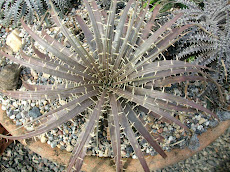

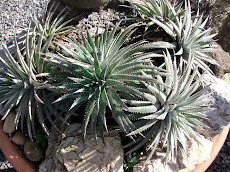
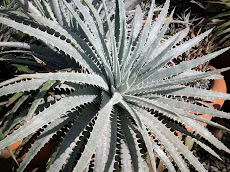


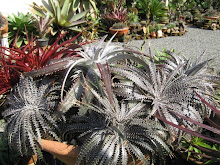
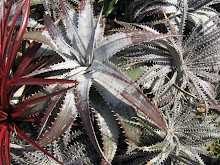
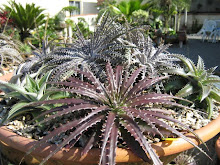
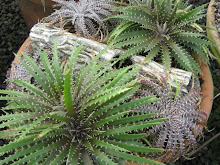
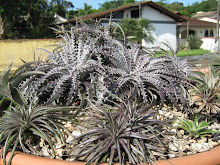


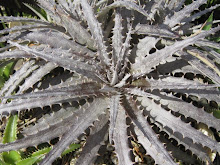
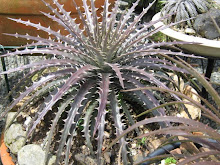
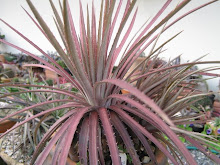

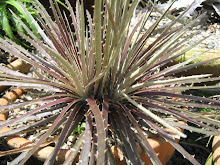
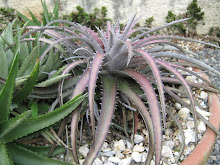
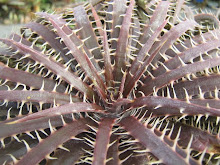



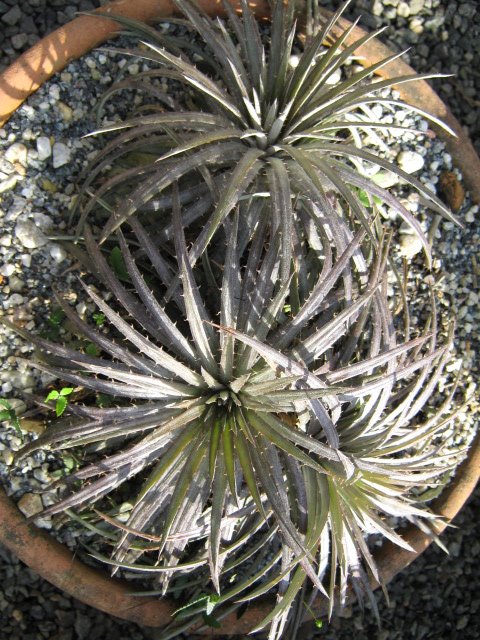
No comments:
Post a Comment